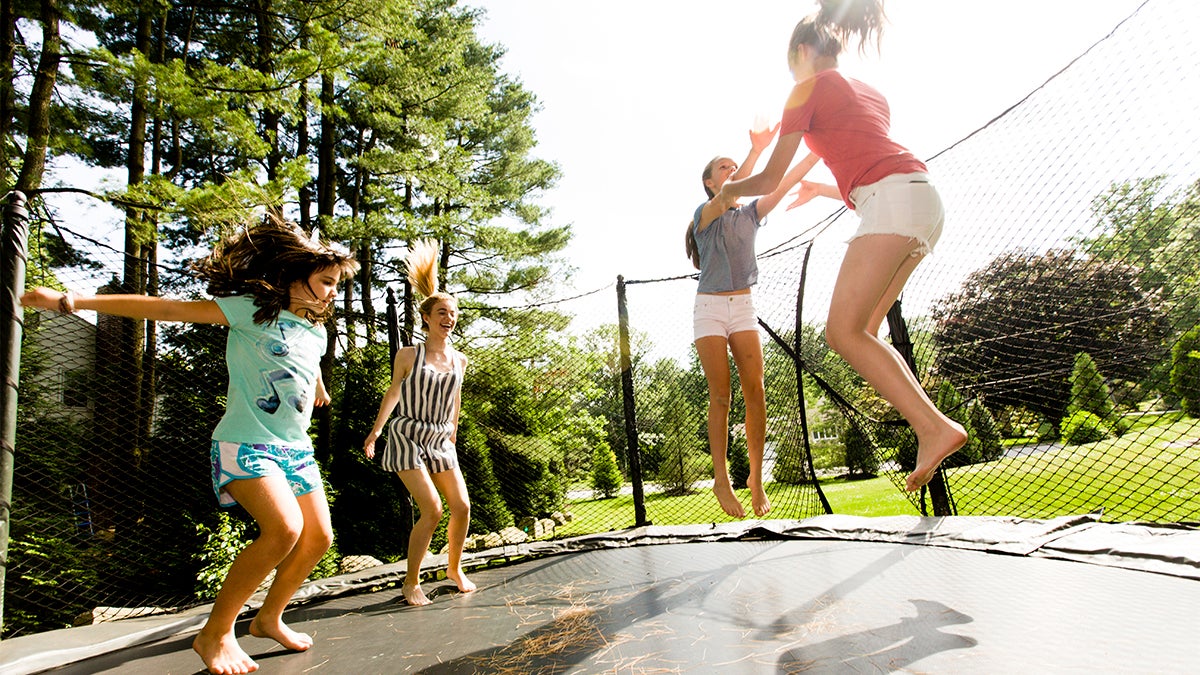Get a jump on teen inactivity with informal, social events

Participants in a study addressing the decline of teen physical activity told researchers activities such as using trampolines and water parks or playing laser tag would be more engaging than sports.

The study from BioMed Central set up a voucher program in South Wales, U.K., so teens could select and participate in the physical activities of their choice. Based on the results, teens strongly preferred informal, social activities to the more traditional activities that most schools offer before or after school. Trampolining was by far the most popular activity (49%), with laser tag (11%) and water parks (7%) next.
Teens also voiced concern with the fact they are seldom consulted about what activities they want to participate in. Writing in The Conversation, the study’s authors said the responsibility is on schools to keep the lines of communication open.
“It is clear that teenagers want to have their say, and schools and other organisations need to better collaborate with them to make sure their needs are met,” the authors wrote. “It is not enough to simply set up sports teams or other traditional opportunities for activity. Working with young people, instead of acting for them, could be the change needed to get them more active in school and the community.”
Accessibility and lack of awareness were other limiting factors, according to the teens who participated in the study. While the vouchers helped students pay for the activities, some complained there weren’t enough activities within walking distance of their homes.
Participants were also given access to both a peer mentor and support worker who could act as a resource for available activities, but the study found only the latter saw significant use.
These findings play into a larger conversation about the importance of youth physical activity. Other studies have found recess and gym class may be critical for helping children learn more effectively. This stands in contrast to many schools reducing or eliminating physical activity for the sake of more classroom time.
Other research from a Science Daily study shows regular physical activity at a young age can postpone the eventual progression toward inactivity to a later age. Combining efforts to maintain the presence of gym and recess with efforts to ask students about their preferred activities could thus fight declining physical activities on two fronts.
Jason Krell is a master's of sports journalism student at Arizona State University
Editor’s note: For the coming 2019-2020 academic year, the Global Sport Institute’s research theme will be “Sport and the body.” The Institute will conduct and fund research and host events that will explore a myriad of topics related to the body.
Related Articles
More than 1 in 4 people across the world don't get enough exercise, study says
Study shows evolution of fitness training from functional to high tech
How is the U.S. choosing to get active?
What is causing inactivity in the U.S.?
Sports drink or water? Well, that depends
Can health apps motivate people to exercise more?
Virtual reality takes you out of the gym to improve workouts
Playing Teen Sports May Protect From Some Damages Of Childhood Trauma

